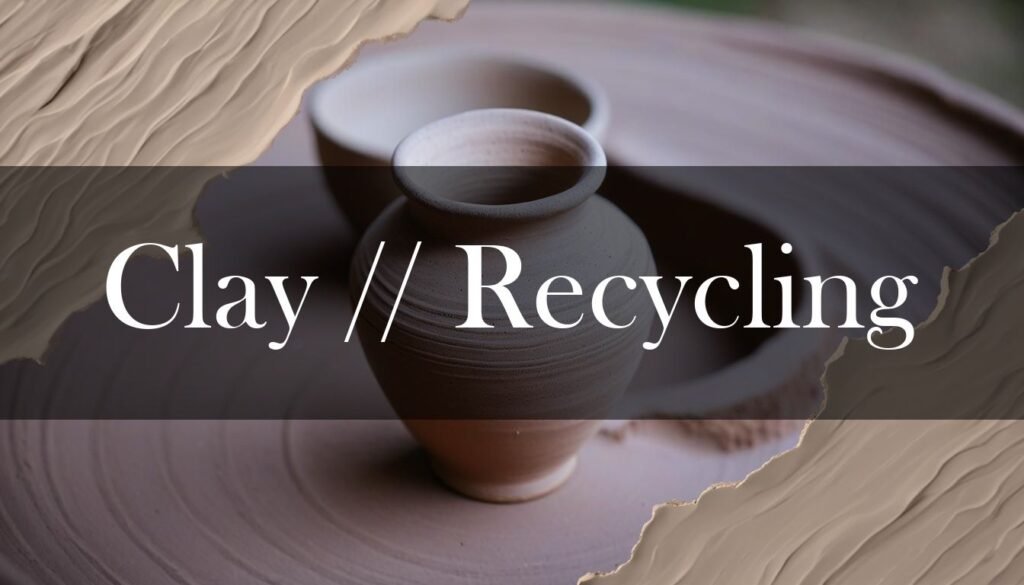Recycling clay is a wonderful way to reduce waste, conserve resources, and even save some money in your pottery practice. It’s a sustainable habit that any potter can adopt, and it’s not as complicated as it might seem! The basic idea is to reclaim those clay scraps, trimmings, and even failed projects, turning them back into usable clay for new creations. For more on sustainable practices, check out Eco Pottery: Sustainable Clay Practices.
The process starts with collecting all your clay remnants. A good practice is to keep a dedicated container, like a plastic paint can, for these scraps. It’s helpful to sort the clay by type, if possible, to keep the properties of your recycled clay consistent. Once you’ve gathered your scraps, make sure to remove any non-clay materials like paper towels or stray bits of plastic. Then, the magic begins! Spread the scraps thinly to dry them out completely. Once dry, break them into smaller pieces and place them in a bucket, covering them with water to create a slurry. This process, called slaking, might take a day or even a week, depending on how dry the clay is. Stir it regularly to help the clay break down evenly.
After the clay has fully slaked, pour off any excess water and then pour the slurry through a fine-mesh sieve to remove any remaining debris. Now it’s time to dry the slurry to a workable consistency. You can spread it out on a plaster bat, canvas, or even an old towel – anything absorbent that will draw out the excess moisture. Keep an eye on it as it dries, and once it’s pliable, it’s time to wedge! Wedging is key to removing air pockets and ensuring a uniform consistency. After wedging, store your reclaimed clay in an airtight container or wrapped tightly in plastic to keep it from drying out. For a detailed guide, read Mastering Wedging Techniques for Perfect Clay.
Wedging is key to removing air pockets and ensuring a uniform consistency.
While most unfired clay – earthenware, stoneware, and porcelain – can be recycled, it’s important to be mindful of contamination. Organic matter, like food or paper towels, can cause unpleasant odors and discoloration. To prevent this, make sure your scraps are free of any foreign materials. If you notice odors, a little white vinegar or hydrogen peroxide can help control bacterial growth. And if recycling isn’t possible, remember to dry out the clay completely before disposing of it in regular landfill waste, never in sinks or drains. Recycling clay is a rewarding part of the pottery process, connecting you even more deeply to your craft.





